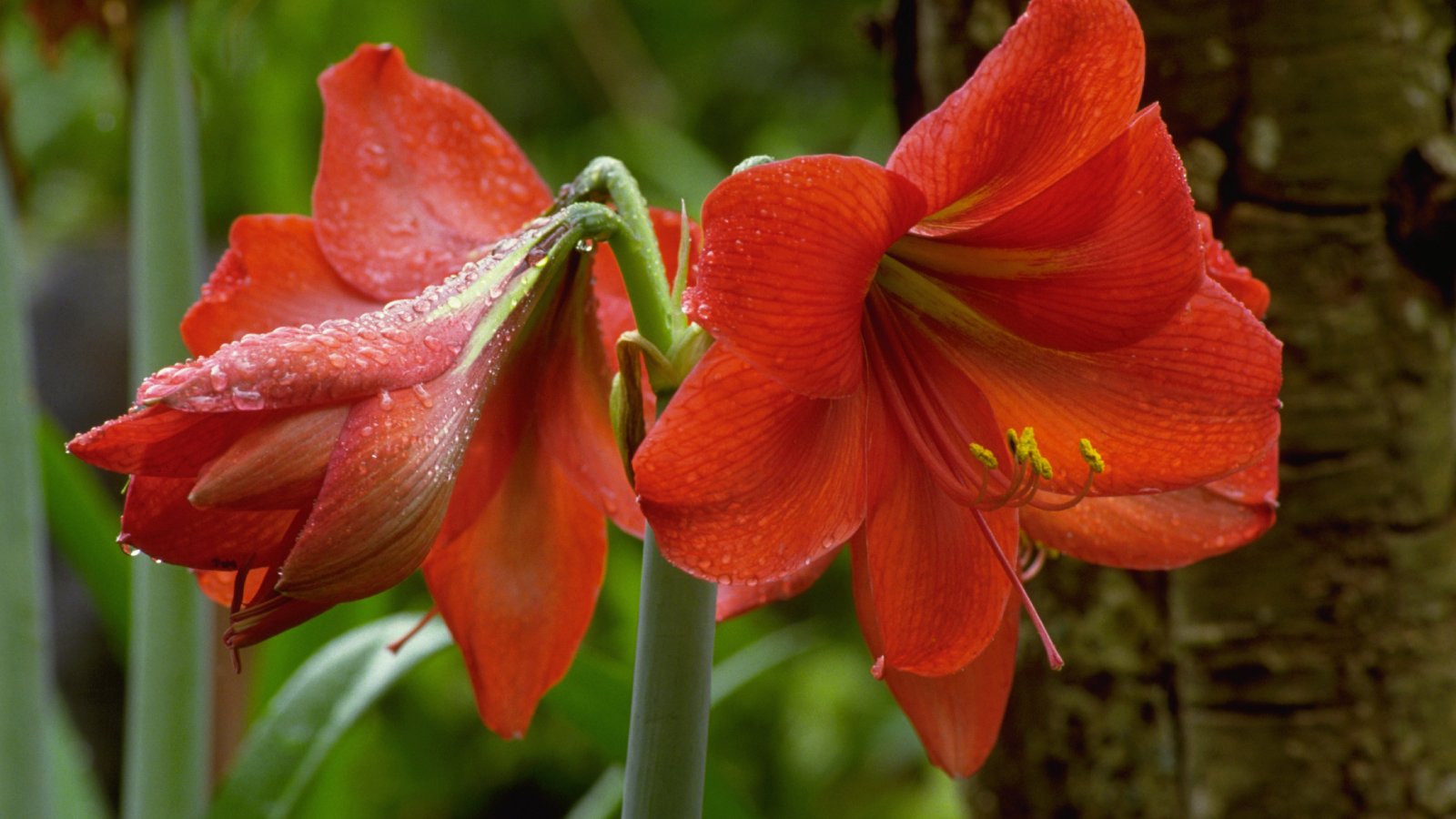Amaryllis Has Leaf Scorch – Controlling Red Blotch Of Amaryllis Plants


One of the most important aspects of amaryllis plants is the bloom. Depending upon the size of the flower bulb, amaryllis plants are known to produce magnificent clusters of large flowers. Amaryllis red blotch is one of the most common causes of failure of the plant to bloom. Find out what to do about it, and how to change your amaryllis care routine to save it.
What is Amaryllis Red Blotch?
Most commonly known for their potted plant culture during the holiday season, amaryllis is a beautiful tropical plant that thrives in warm climate flower beds. While the process of forcing these bulbs indoors in pots is extremely popular, growers living in USDA growing zones 9 to 11 can enjoy these plants outdoors with little care or maintenance. These flowers are relatively easy to grow, however, there are some issues that cause less than desirable outcomes, like red blotch of amaryllis.
Amaryllis red blotch, also known as amaryllis leaf scorch, is a fungal infection which is caused by the fungus Stagonospora curtisii. When an amaryllis has leaf scorch, growers may first notice small red spots along the length of the flower stalk. Over time, these spots will begin to darken.
These lesions cause the flower stalk to bend or curve at the infected points in the stem. While the plants may bloom if the issue is not severe, more serious cases of amaryllis red blotch may cause the flower stalk to wither before blooming can occur.
Amaryllis Leaf Scorch Control
Amaryllis red blotch is often misidentified, as the symptoms are very similar to that of damaged flower stalks or plants attacked by insects. These issues should always be taken into consideration when determining whether or not plants have become infected with this fungal disease.
For most growers, amaryllis which has failed to bloom can be a major disappointment. Like many fungal diseases, amaryllis with leaf scorch may be difficult to control. The best course of action when dealing with red blotch of amaryllis plants is prevention.
Maintaining healthy gardening practices will help diminish the likelihood of plant infection. These practices include the use of sterile potting soil, as well as making sure to avoid wetting the leaves of the plant when watering.
Sign up for the Gardening Know How newsletter today and receive a free copy of our e-book "How to Grow Delicious Tomatoes".

Tonya Barnett has been gardening for 13 years. Flowers are her passion. She has transformed her backyard into a cut flower garden, which she regularly chronicles on her YouTube channel http://www.youtube.com/@tonyawiththeflowers.